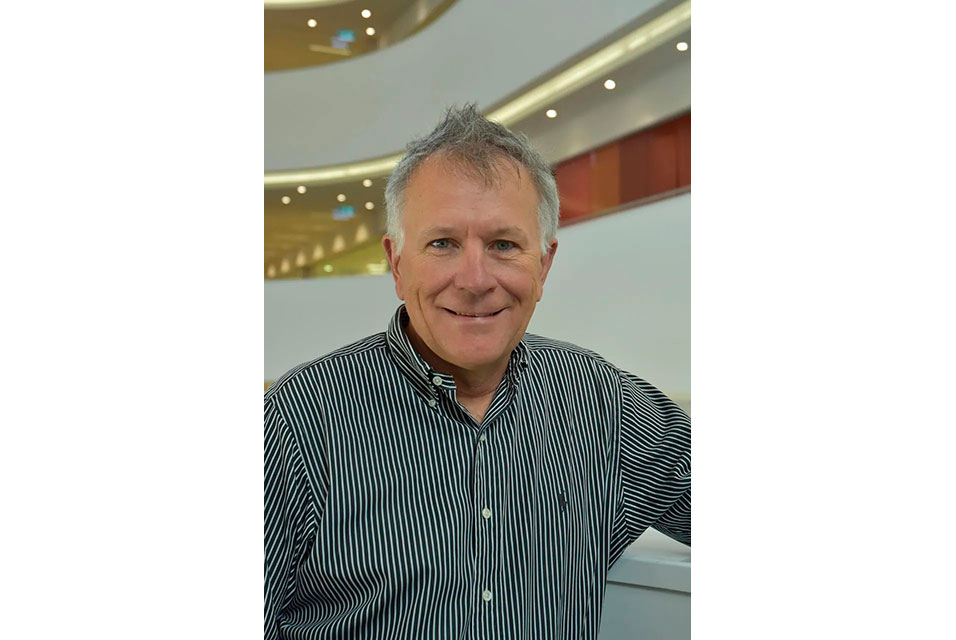SYDNEY.- A collaboration between Professor David James from the
University of Sydney and Associate Professor James Hudson from QIMR Berghofer, the project tackled one of the major complications of COVID-19 – the “cytokine storm.” This occurs when the immune system overreacts to the infection, releasing inflammatory molecules called ‘cytokines’ into the bloodstream.
“Certain individuals that are infected with COVID-19 generate this hyperimmune response, called the ‘cytokine storm’ that seemed to trigger organ damage, particularly in the heart,” said Professor David James, ARC Laureate and Leonard P. Ullmann Chair of Metabolic Systems Biology at the Charles Perkins Centre and the University’s Faculty of Medicine and Health and Faculty of Science.
“Our goal was to mimic this cytokine storm in a test tube to discover what was happening at the cellular level.”
“We wanted to find out exactly how the cytokine storm causes cardiac damage by identifying the proteins responsible then trying to repurpose existing drugs that target those proteins,” said Associate Professor Hudson, head of QIMR Berghofer’s Cardiac Bioengineering Research Group and senior author on the study.
“We thought understanding the biological basis of the heart damage was critical for identifying dugs with a much higher chance of success.”
The research was recently published in the prestigious journal Cell.
Applying world-leading phosphoproteomics
“At the University of Sydney we have, over a number of years, pioneered a technology based around mass spectrometry known as phosphoproteomics. It’s a very sensitive tool that in essence allows us to peel back a cell, peek inside and figure out exactly what is happening in that cell right now,” explains Professor James.
The Sydney Mass Spectrometry is part of the University’s core research facilities and is based at the Charles Perkins Centre.
The methods, spearheaded by co-author and mass spectrometrist Dr Sean Humphrey, have been used previously to examine what happens during exercise in skeletal muscle or with insulin in adipose cells, yielding major new insights into these processes.
“Our technology allows us to identify and quantify tens of thousands of changes in cells or tissues and from minute starting materials. Because we already have these methods established at the University of Sydney, we were able to rapidly apply them to this collaborative work on COVID-19,” said Dr Humphrey, Postdoctoral Research Fellow at the University’s School of Life and Environmental Sciences in the Faculty of Science.
"To see this kind of collaboration and research outcomes all come together in just 10 months is quite extraordinary." -Professor David James
The QIMR group members, led by Associate Professor James Hudson, are world leaders in developing lab-grown, stem-cell-derived miniature human heart organoids – a ‘heart-in-a-dish’, which were used in the study to explore what happens inside the heart cell when it is exposed to the cytokine storm.
“In particular we were interested in looking for things that happened inside the heart that we could drug and block,” said Professor James.
“We found that a protein called bromodomain protein 4 was markedly changed in the organoid hearts exposed to the cytokine storm and there were already a number of drugs available that targeted this but for other applications in cardiovascular disease. No one had ever linked it to COVID-19.”
The researchers then used the mini heart organoids to screen the efficacy of several existing drugs that inhibit this protein and found they could prevent and reverse the damage.
The final step
Based on these findings, and with urgency top of mind, the QIMR team modelled the impact of the COVID-induced cytokine storm in mice by inducing sepsis to test the efficacy of a drug currently in Phase III clinical trials for cardiovascular disease.
“The drug that we predicted might have efficacy in COVID-19 completely blocked morbidity associated with sepsis in mice,” said Professor James.
“The study started with a simple phone call, but with the cardiovascular outcomes we were seeing with COVID the research was conducted with true urgency. To see this kind of collaboration and research outcomes all come together in just 10 months is quite extraordinary.”
Canadian company Resverlogix has used the research findings as the basis for expanding its clinical trials in COVID-19 patients.










